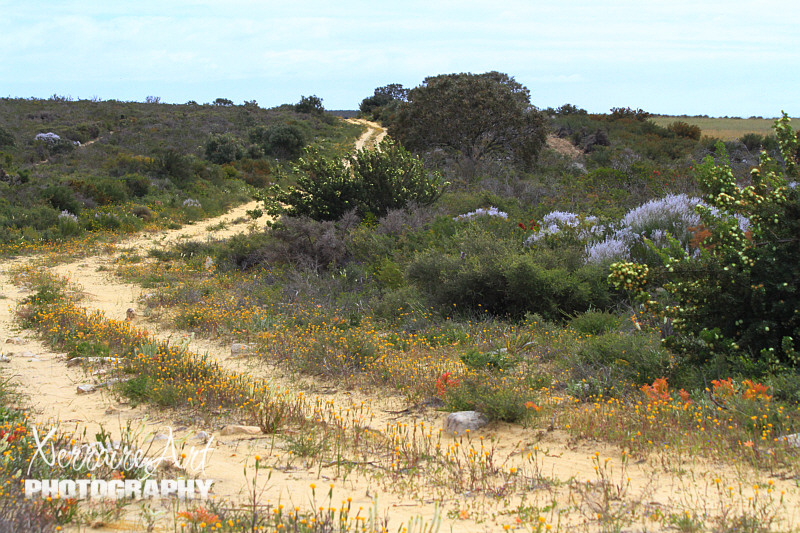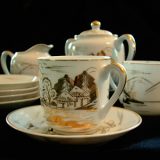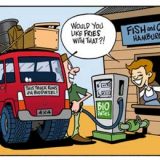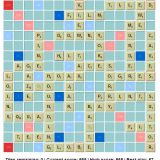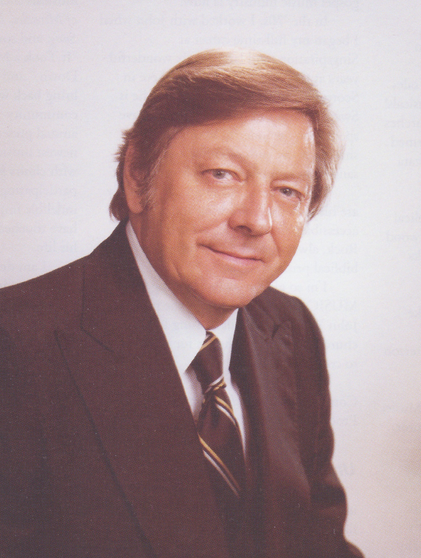Birds at Bibra Lake
John and I had been to Bibra Lake at least two times before, once to see Pink Fairy Orchids, and another time to see Rainbow Bee Eaters.
As it was a long holiday weekend and we had already made a long trip into Beacon, three hours away; we thought an outing not too far from home might be fun. We’d get a little walk and perhaps actually spend time at the bird hide at Bibra Lake. I had recently read a long list of birds you can expect to see there, with the advice to bird photographers to be sure to bring your 500 – 600 mm lenses.
A little deflated as we looked at our 300mm lenses, we decided to go anyway.
The first welcome we got when we arrived was not a bird, but a spider.
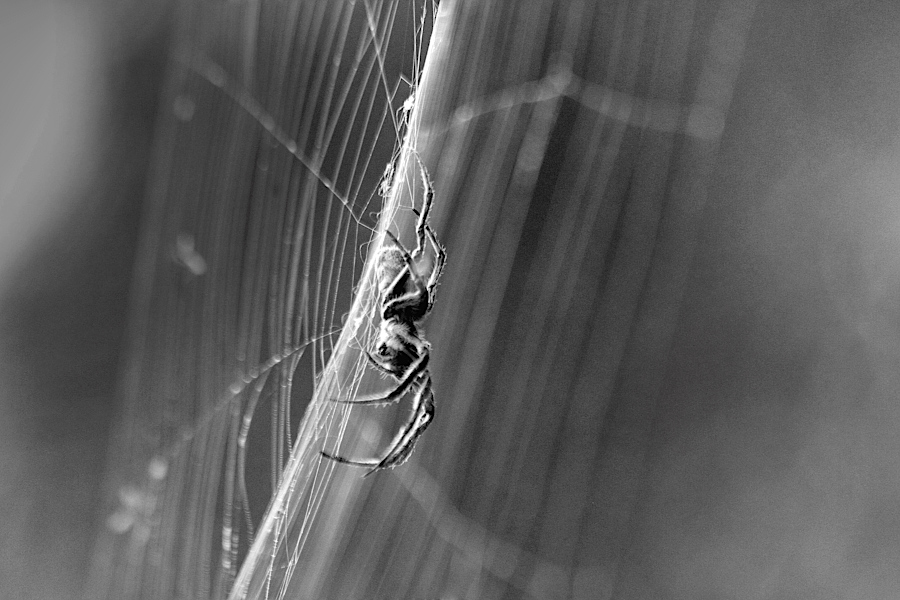
Then we got a more offical and true welcome.
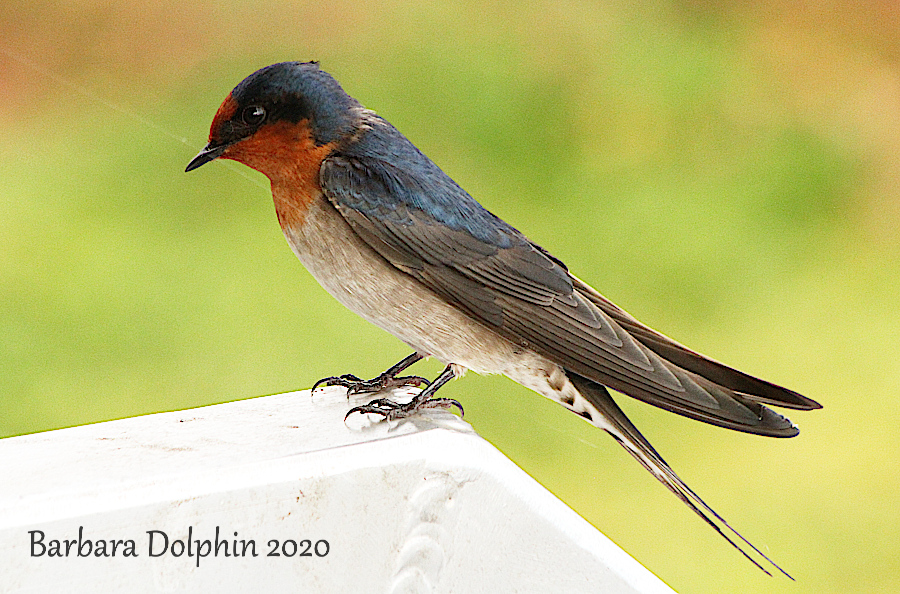

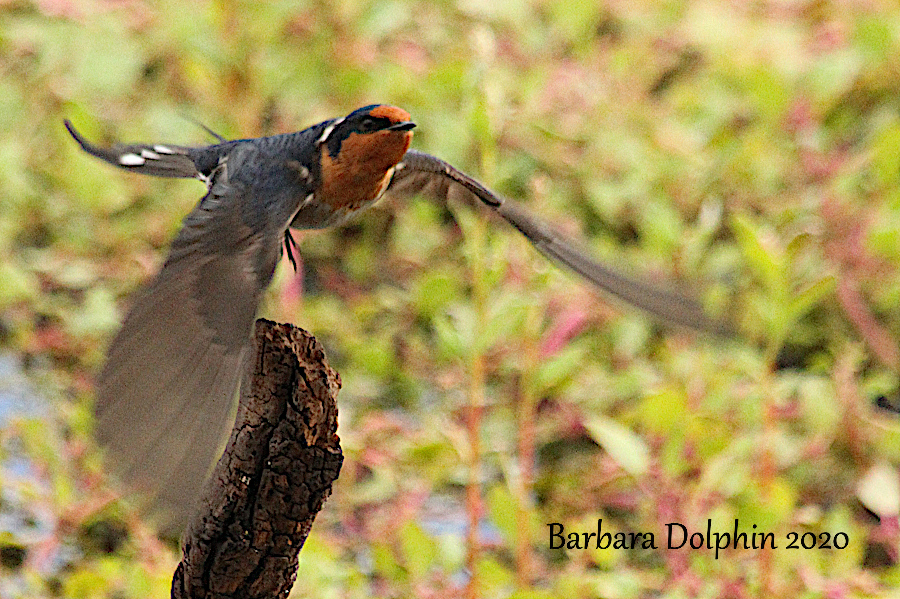
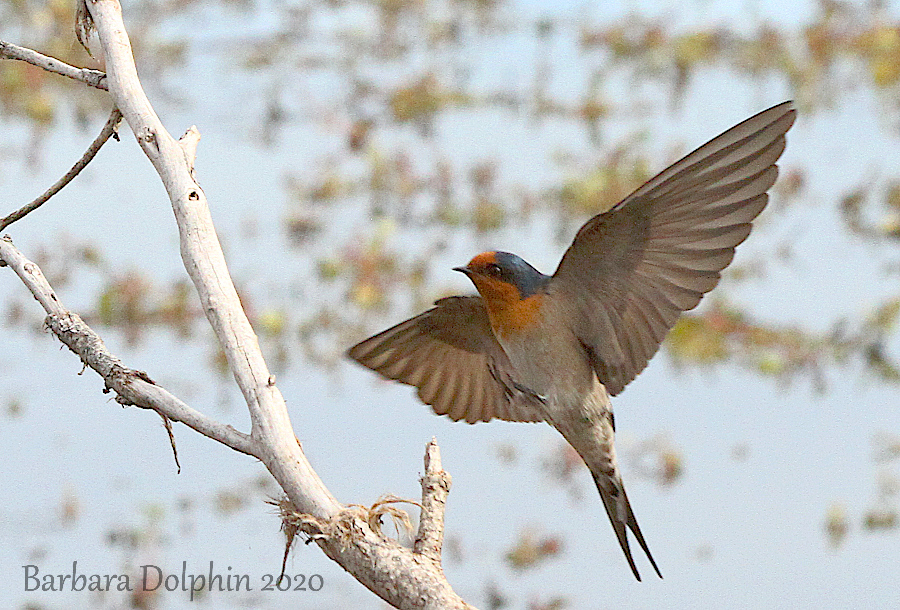
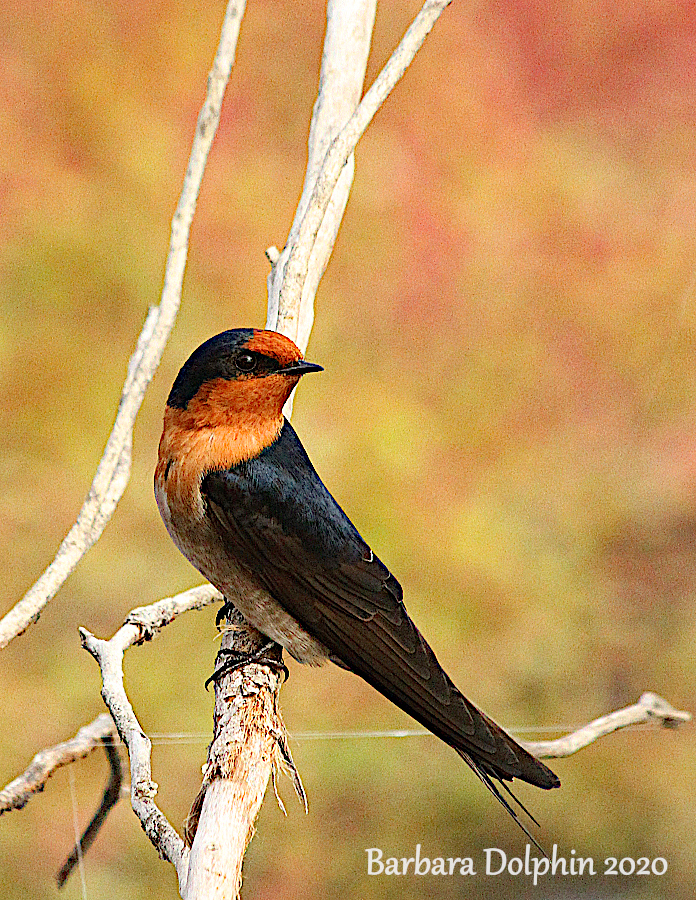
Swallows weren’t the only bird that had my attentions.
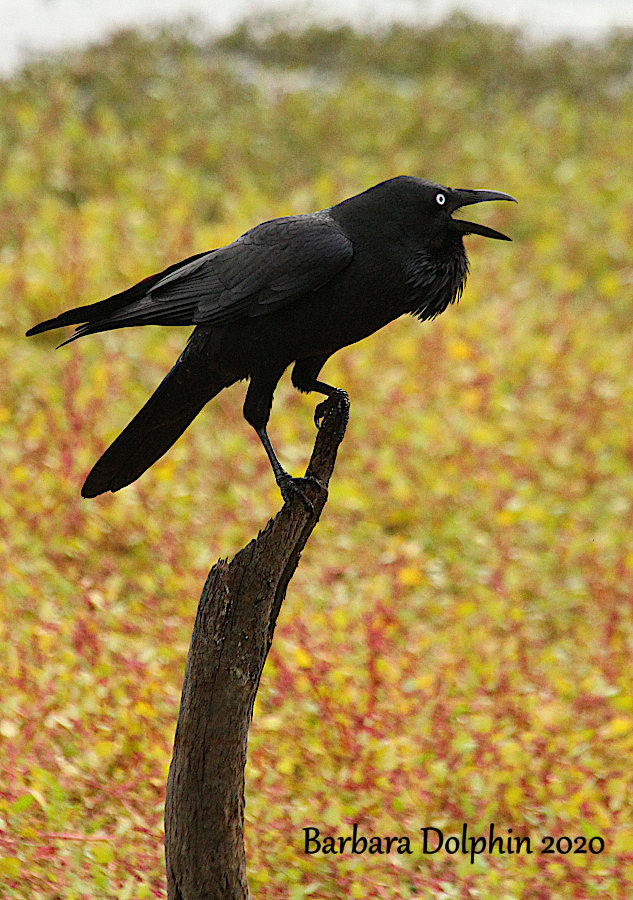
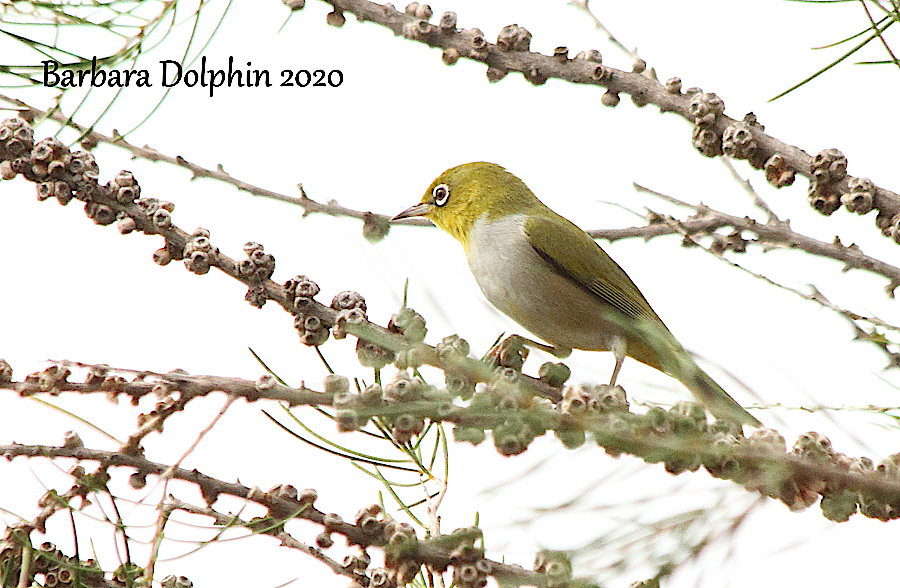
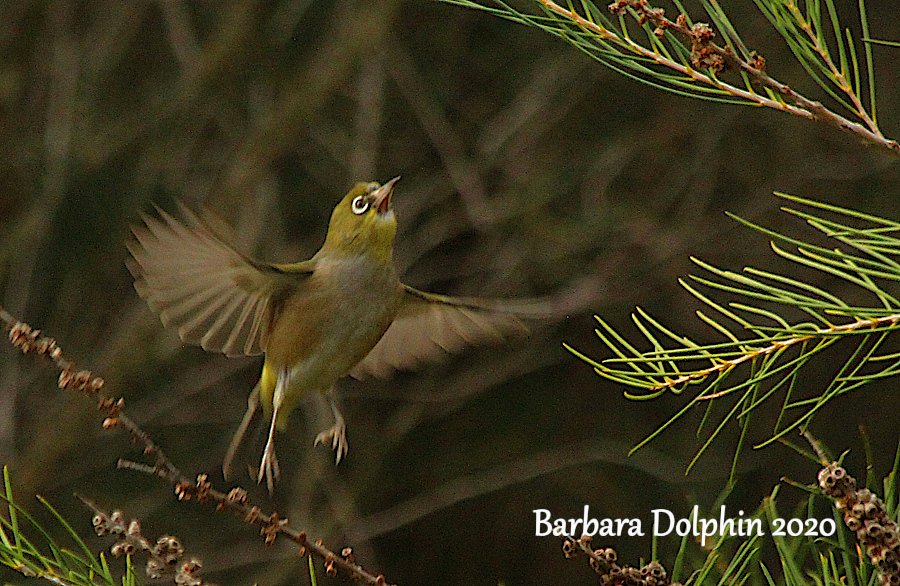
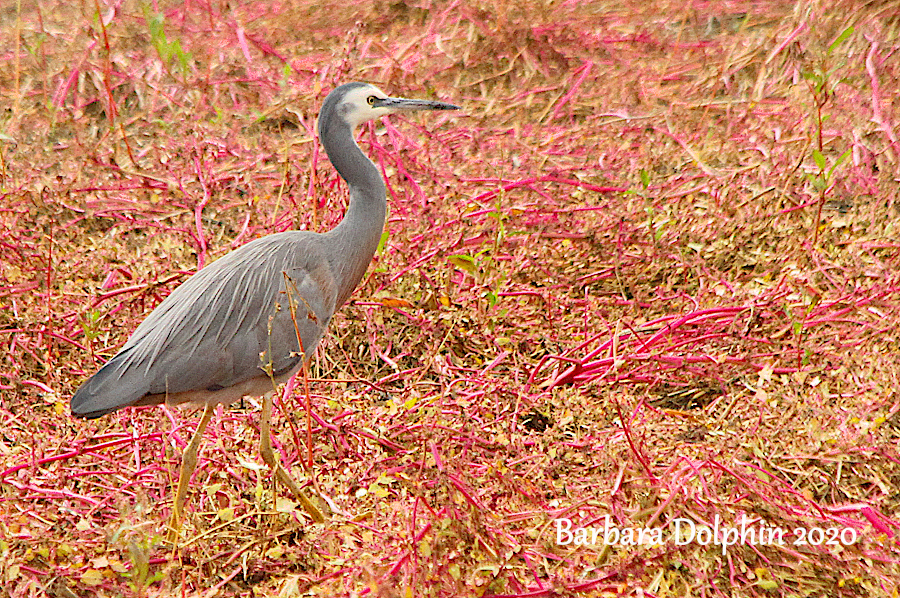
For any interested in the area, there is some interesting History to learn about there…
The existence of the lake was first reported by Augustus Gregory during a survey of George Robb’s land in May 1842. Gregory recorded the Aboriginal name of the lake as Walubup. During the following year, Benedict von Bibra, surveying his own selection on the southern shores of the lake, recorded the name as Walliabup and the latter version was used exclusively on maps for more than half a century. Benedict von Bibra
In the summer of 1843, Benedict von Bibra (son of Franz Ludwig von Bibra) bought land at the edge of a wide depression to use as a camping place to shorten the trip between his two carpentry businesses in Perth and Fremantle. He apparently assessed from the stringybark trees that the basin would become a lake in winter of a depth of seven to eight feet. He proved correct.
In 1877, it was found the von Bibra’s association with Lake Walliabup was apparently still recalled by locals who referred to the feature as Bibra’s Lake. This alternative name was added to plans and, in 1967, adopted in place of the Aboriginal name. In 1898 Bibra Lake was reserved for recreation and all applications to lease land were strenuously opposed by the Fremantle District Roads Board, which was given control of the reserve in 1902. Tearooms were erected and the Reserve became a popular venue for picnics and sports gatherings

